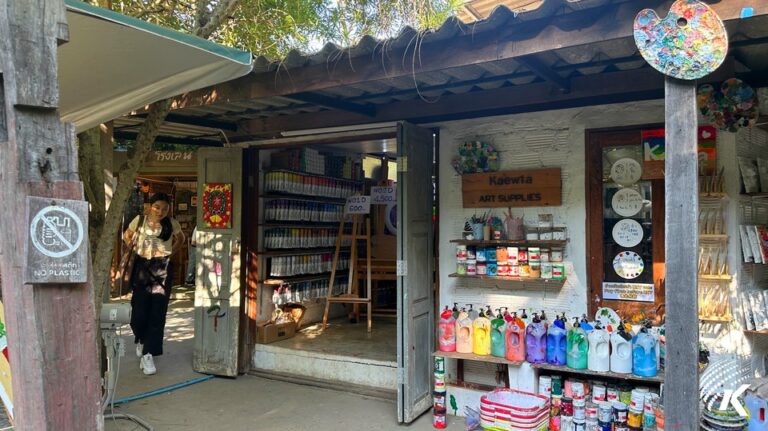Nestled amidst the verdant hills, terraced vineyards, and winding backroads of inland Tenerife, guachinches aren't simply stumbled upon – they're discovered. More than just restaurants, they are open homes, family kitchens, places where time seems to slow down and the taste of tradition is proudly served. What are Guachinches? Guachinches originated as temporary taverns, opened …
Guachinches: Family Kitchens, Stories to Tell in Tenerife

Nestled amidst the verdant hills, terraced vineyards, and winding backroads of inland Tenerife, guachinches aren’t simply stumbled upon – they’re discovered. More than just restaurants, they are open homes, family kitchens, places where time seems to slow down and the taste of tradition is proudly served.
What are Guachinches?
Guachinches originated as temporary taverns, opened by farmers to sell their homemade wine. While now more established, they retain that rustic and genuine charm: no elegant tablecloths, no Michelin-starred menus. Just handwritten dishes, wooden benches, and the irresistible aroma emanating from a home-style kitchen.
Often found in converted garages, shaded gardens, or makeshift rooms, guachinches don’t boast bright signs. A simple sign, handwritten and hung on a fence, is all that marks the entrance. But behind that spartan exterior lies the true gastronomic soul of the island.

The Menu? Made with Heart
Order a glass (or a carafe) of the house red wine, and the feast begins. Each dish that arrives is a family recipe, passed down through generations. The undisputed stars include:
- Carne alla brasa: Slowly grilled meat, with a smoky aroma that lingers in your memory for days.
- Papas arrugadas con mojo picón: Small potatoes cooked in salty water, served with red or green chili sauce. One bite and you understand everything.
- Costillas con piña (ribs and corn on the cob), garbanzos compuestos (chickpea stew), conejo en salmorejo (rabbit in marinade): Each guachinche has its own specialties.
No complications, just local ingredients, peasant knowledge, and disarming generosity.
More Than a Meal: A Social Experience
In a guachinche, you’re not a customer, you’re a guest. You share a table with strangers, speak loudly, and toast even if you don’t know each other. And then there are the stories: told in the Canarian dialect, with a strong accent and hands that move more than the words.
The grandfather who recounts how vines were pruned by hand. The aunt who makes the best mojo on the island. The neighbor who arrives with his freshly baked bread to share. It’s oral culture, alive, spontaneous, passing from the palate to the heart.

Where to Find Them
The most authentic guachinches are located in the northeastern areas of the island, especially in the municipalities of:
- La Matanza
- Tacoronte
- La Orotava
- El Sauzal
- Santa Úrsula
Not all are open year-round: some operate only during the new wine season, from November to April, but they are always worth seeking out.
Tips for Living the Experience
- Go with hunger and an open mind.
- Don’t be in a hurry: here you eat slowly, chat a lot, and live in the moment.
- Ask the locals for advice: the best guachinches aren’t on Google Maps, but in the stories of those who frequent them.
- Bring cash: many don’t accept cards.
- Be prepared to return with a full heart and an even fuller stomach.
Guachinches: Where Wine Meets the Soul of the Island
Eating in a guachinche is not just a gastronomic act, it’s a social ritual, a family celebration, a lesson in Canarian culture without filters or formalities. It’s one of those travel moments that aren’t planned but remain imprinted as the truest and most unforgettable.
Because in Tenerife, sometimes, all it takes is a glass of wine and a steaming plate to feel at home on the other side of the world.




